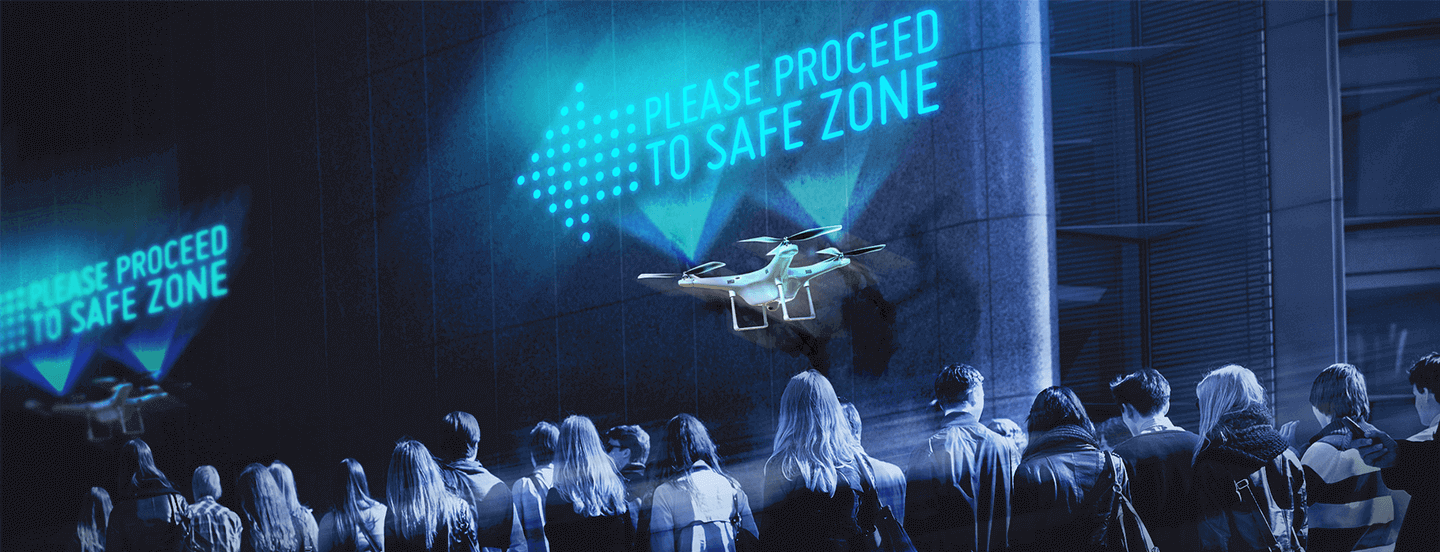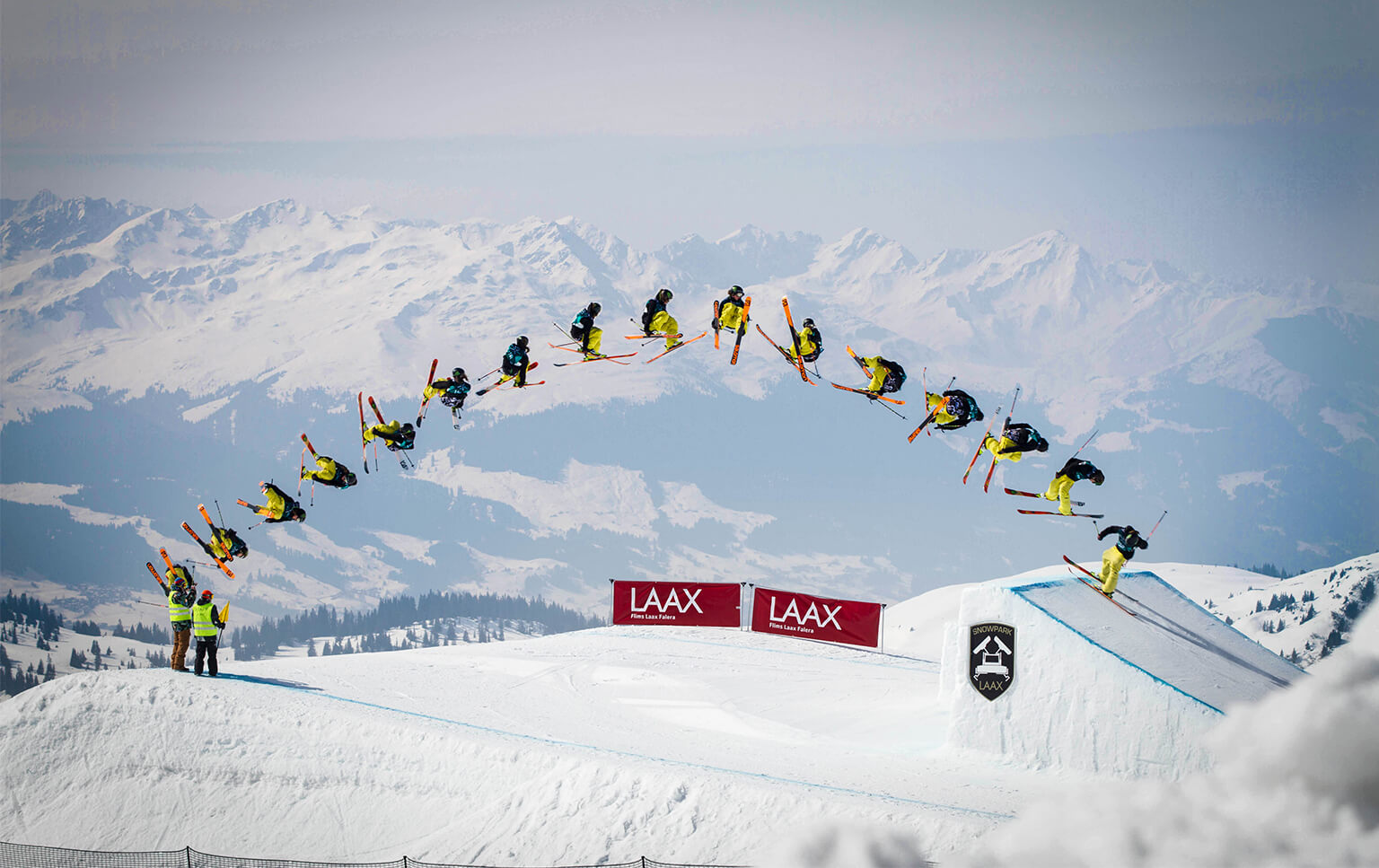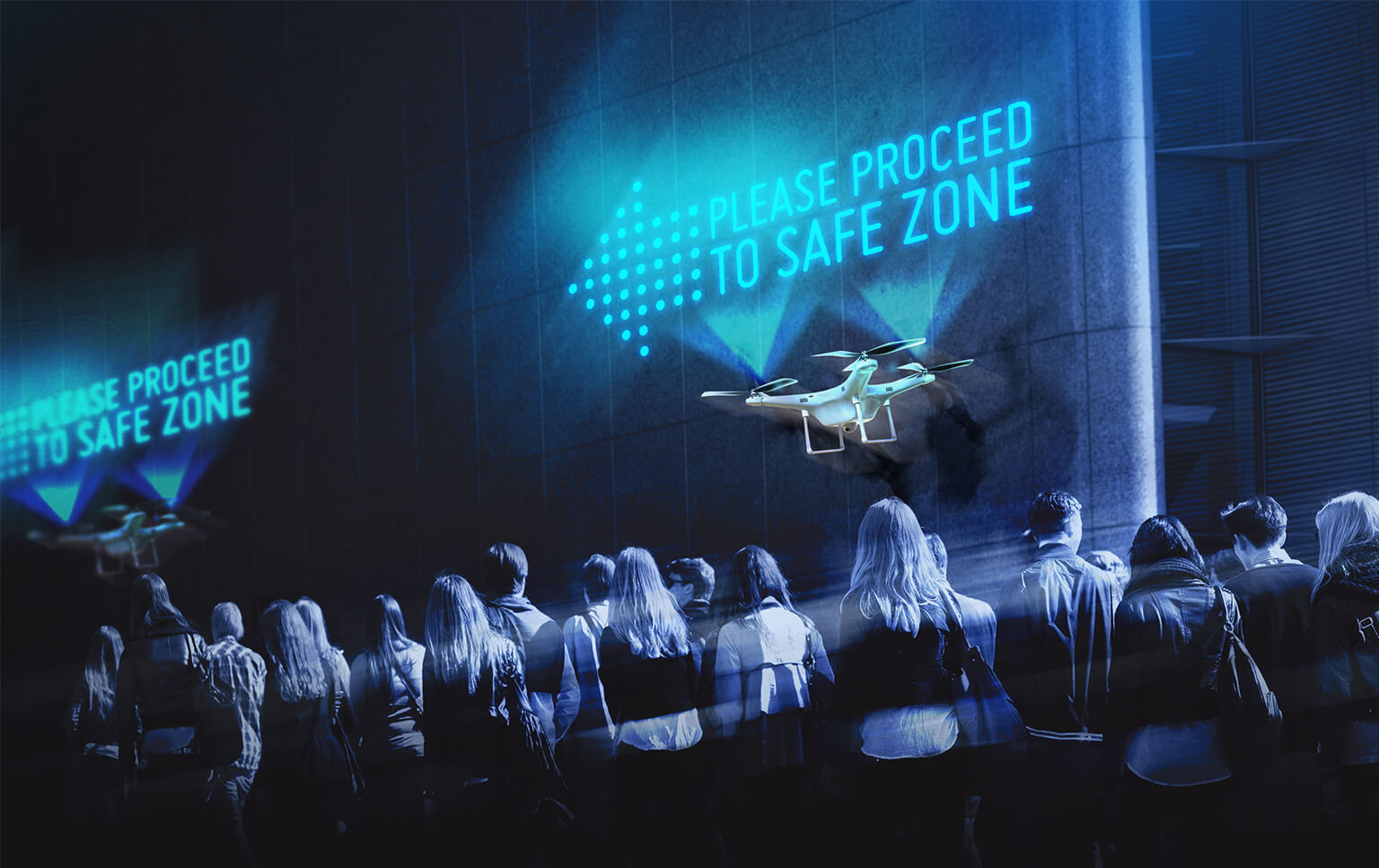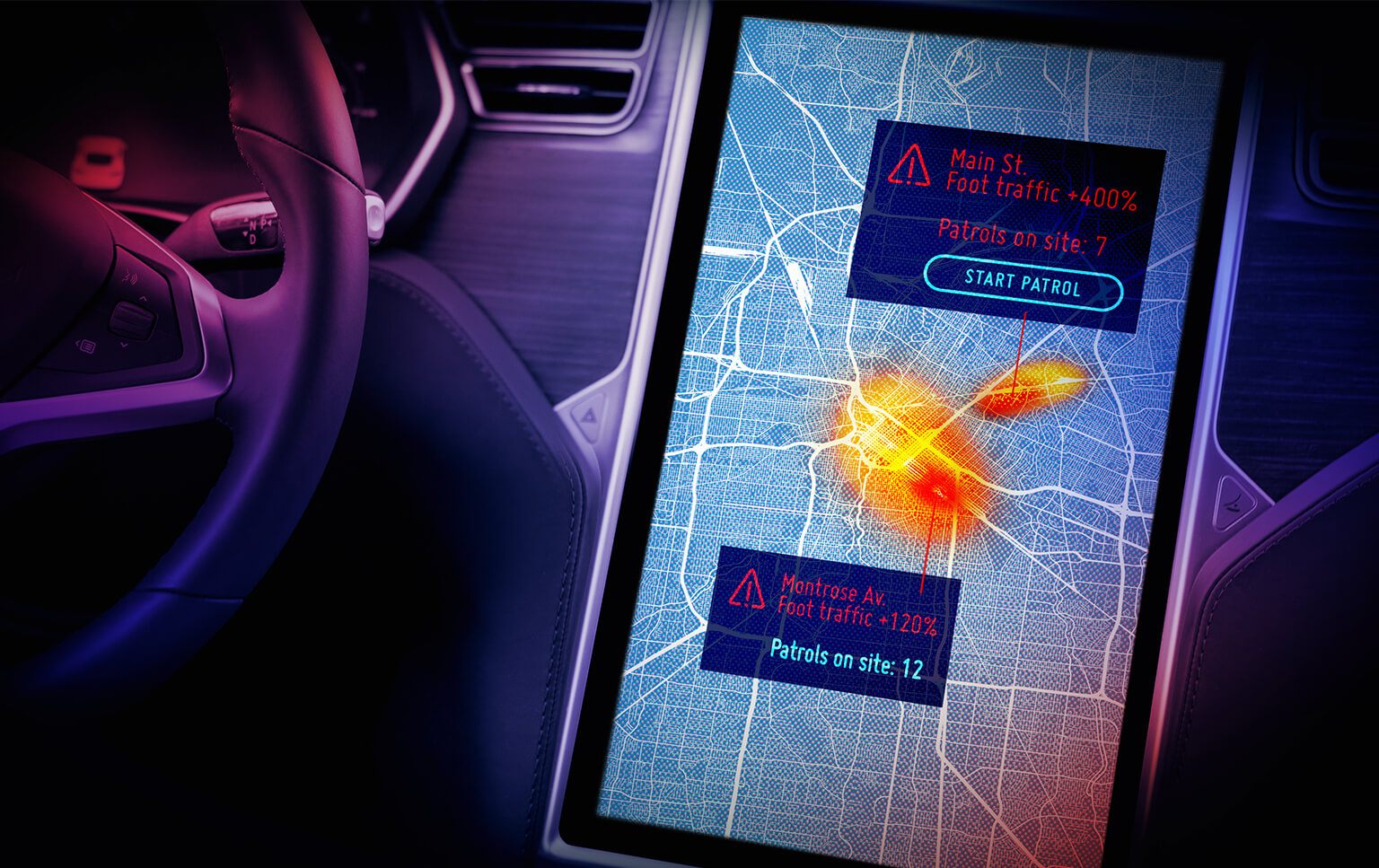
Lore of The Rings: Innovation Inspired by Urban Development
The Olympics are a generator of global excitement and have played an important role in how host cities develop far beyond just hosting the event. From advances in security and wayfinding to transportation and green initiatives, innovations from past and present Olympics play an influential role in future urban development. Our last article focused on innovations in spectatorship and now in our final chapter of this series, we will look at how past innovations for Olympic host cities laid a strong foundation for later urban development, as well as offer our own projections on what future developments might look like based on what we saw during this Olympics.
A history of innovation
Every four years, host cities search for cost-effective planning solutions that not only alleviate temporary spikes in population density but also catalyze a legacy of post-games development. The result is a sandbox and accelerator for infrastructure and service innovation, enabling more forward-thinking projects to get funded ahead of their time while also laying the groundwork for integration and acceptance in future urban development.
One example of this “sandbox accelerator” dates as far back as the 1964 Olympics. Knowing that each Olympics brings the challenge of moving an influx of visitors quickly throughout the city, Tokyo developed the Shinkansen train. The fastest train of its time, the Shinkansen used a range of advanced technology to reach high speeds as well as set a new standard for safety and comfort. Its success underscored the importance of high-speed rail and became the model for railway development worldwide.

In one of the first attempts to be more sustainable, the 1994 Lillehammer Winter Olympics set a new standard for environmental programs. With more than 20 sustainability projects initiated during the Games, preparations included the relocation of the speed skating arena to protect a sanctuary for rare birds, the construction of an underground ice hockey venue to preserve energy, and the fabrication of the Olympic medals themselves with reclaimed stone. Emphasis was also placed on the sustainable construction of the Olympic venues, which had been developed using predominantly local materials and strict energy-conserving measures. These efforts lead to the inclusion of environmental responsibility in the Olympic charter in 1996, as well as a sustainability program with the UN that endures to this day.
For the 2012 Olympics, London made major investments in its IT infrastructure, allowing for seamless delivery of pictures, texts, phone calls, and video — making it the most digitally enabled Games ever. Today, they are still known as the “Social Games.” To accomplish this, BT designed and delivered the first-ever converged communications network for the Summer Olympics, carrying voice, data, mobile, broadcast and wireless internet traffic on one all-purpose network. This converged network improved energy-efficiency and removed the need to build and power separate networks, in turn maximizing the potential for its reuse after the Games.
What we saw in Pyeongchang
Each Olympic Games comes with its own unique, noticeable strides, and in the Winter Olympics at Pyeongchang, we saw transformative innovation in both transportation and security.
Each Olympic Games comes with its own unique, noticeable strides, and in the Winter Olympics at Pyeongchang, we saw transformative innovation in both transportation and security.
One of these transformational innovations was the use of AI in crowd-management technology. During this Olympics, there were intelligent robots in Seoul’s massive Incheon Airport, taking passengers to their gates, offering flight information, and even carrying their luggage. This crowd-management technology could offer a form of guidance and support well beyond airports, providing assistance in over-populated urban environments.
5G-equipped autonomous buses were another use of crowd-management technology during the Olympics. Developed by Hyundai and KT in partnership with Korea’s Ministry of Land, Infrastructure, and Transport, the buses moved guests around the city’s stadiums, slopes, and rinks. Mobility is on the top of everyone’s minds, and Pyeongchang has shown that the self-driving/connected car will soon become an integral asset for the general population.
Mobility is on the top of everyone’s minds, and Pyeongchang has shown that the self-driving/connected car will soon become an integral asset for the general population.
Additionally, as a way to ensure the safety of athletes and spectators alike, the Olympics featured drones that flew overhead in search of other, unidentified drones that might have posed a threat to the public; if a “good” drone suspected a drone to be “bad,” it would use a net to capture and drag it off-premise. This new safety strategy presents a tactic that can be applied to future large-scale events with security vulnerabilities.
What might this look like in the future
The innovations we saw in crowd management and robotics-based security at the 2018 Pyeongchang Olympics are exciting because they leverage technology to manage the influx of crowds and increase security in unwieldy circumstances; a trend we believe will not only become more common at future Olympics but will have a major impact on urban planning as well.
Concept 1: City Safety Network — Technology That Navigates Crowds Through Uncertainty
For example, while cities are designed to provide healthy and safe living for planned population growth, they struggle to adapt when sudden upticks in population size occur. 2017 marked a year of many dangerous events — whether a riot or a mass shooting — some of which occurred at large scale city-based events. In these moments, understanding when and what to do is never clear. However, a City Safety Network that mobilizes drones and connected smart devices through real-time data could offer immediate guidance and helpful wayfinding to a safe location during times of mass confusion. Beyond events, we also see this technology being impactful in other congestion-based issues where safety is a priority.

Concept 2: GridMapper — The City-Wide Geo-Population Tracker
Another interesting application of this technology is in managing geo-population density. While predicting foot traffic is a “step” in the right direction when it comes to improving a city’s infrastructure, actually knowing foot traffic patterns as they happen live could allow for immediate adjustment and optimization. Introducing GridMapper, a network of beacons that sit atop cities’ largest buildings to track and analyze live changes in regional public population flow and provide insight into transit management. This data can be applicable to both the city and consumers alike, using the intel to establish adaptive transportation routes, increase police security and patrol, or to help city officials identify when public areas aren’t busy.

What this means for you
The Olympics have and will serve as a catalyst for innovation in urban development. Cities of the future will use the blueprint outlined by the current Olympics to provide heightened, smarter security and intelligent wayfinding that cater to residents and visitors alike. Cities looking to grow and prosper under this blueprint should observe three maxims:
- Look to airspace as a scalable and underused frontier for flexible security and development which can reduce overhead costs.
- Develop networks of smart devices, such as drones and beacons, that are capable of being used for both general purposes like congestion management, and high impact niche use cases, such as emergencies.
- Agree on flexible standards for product and service development that allow quick collection and dissemination of relevant data, utilizing past, present, and future infrastructure.
If you’re a city manager that wants to see your city thrive, you should ask yourself these three questions:
“What platforms can I create or use to build the services I need, sustainably, for the next 5-10 years?”
“What technology and infrastructure exist or needs to be developed in order to capture the data I need?”
“Are there newer, more innovative ways for me to manage how to keep citizens safe and productive whether on their typical daily commute or during emergencies?”
—
We hope that you’ve found our analysis of innovation surrounding cities insightful. This was the final chapter of our three-part series on innovation inspired by the Olympics, investigated through the lenses of athletes, fans, and cities. If this chapter inspired you, please look back at our chapters on fans and athletes. Can’t get enough? Get in touch with us at F212 Sport via Corey — we love brainstorming with like-minded innovators.
Further Reading & Sources:
- http://www.information-age.com/gold-for-innovation-the-technology-legacy-of-the-london-2012-olympics-123457565/
- http://www.polecat.com/blog/tech-innovations-rio-olympics/
- https://shape.att.com/blog/futurecast-2028-la-olympics
- https://pc2018.com/pyeongchang-2018-to-use-robots-to-help-with-security-at-olympic-venues/
- https://www.digitaltrends.com/computing/lte-r-high-speed-train/
- https://greensportsblog.com/2017/05/23/pyeongchang-2018-how-green-will-the-winter-olympics-be-a-conversation-with-sustainability-manager-hyeona-kim/
- https://mashable.com/2017/06/21/intel-bringing-big-tech-to-olympics/#xnd3j9DLnSqo
- https://www.technologyreview.com/s/610181/what-it-felt-like-to-visit-the-most-tech-centric-olympics-ever/
- https://sports.yahoo.com/drone-wars-drone-catching-drones-used-winter-olympics-183119233.html
- https://www.smithsonianmag.com/travel/robots-will-lead-passengers-their-gate-seouls-airport-180963978/

We respect your privacy
We use Cookies to improve your experience on our website. They help us to improve site performance, present you relevant advertising and enable you to share content in social media. You may accept all Cookies, or choose to manage them individually. You can change your settings at any time by clicking Cookie Settings available in the footer of every page. For more information related to the Cookies, please visit our Cookie Policy.